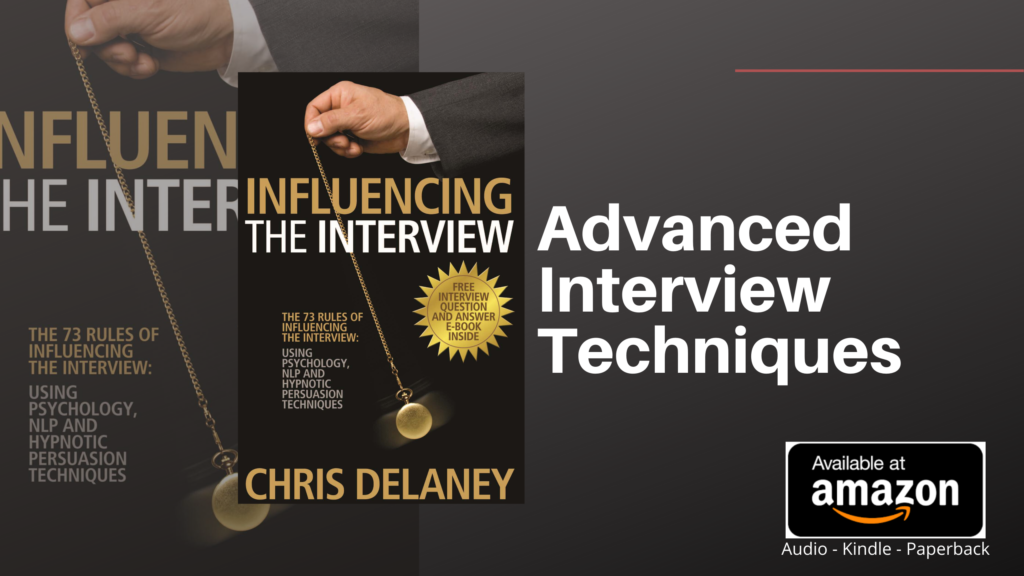Understanding how one’s level of knowledge and experience is perceived by an interviewer is often misunderstood.
The unconscious bias created the first impression when the interviewer and interviewee were both introduced to each other. As the first interview question is asked the interviewee’s level of knowledge and experience can alter (or reinforce) the initial assessment.
The schema, fired by the initial meeting, subconsciously creates a prediction that the interviewer will be expecting (cause and effect) on how an applicant will react to a question. When this pattern is interrupted via a confident self-promoting answer, for a perceived nervous candidate, the interviewer’s mind becomes fully alert. It’s the same process when you are walking through a busy town center, minding your own business when a car backfires – you become instantly alert (your conscious mind kicks into action – in this case looking for danger) because something isn’t as it is expected to be; the pattern of walking from A to B was interrupted. In the job interview, the interruption of a pattern (initial impression = unsuitable for this position) creates a second chance for an applicant to redeem themselves.
The interview environment is an analytical process whereas the original opinion of an applicant is subconscious. Because interviewers are forced to be highly conscious, in the interview environment, analysing the interviewee’s answers, a new funnel can be created through the creation of an interview identity.
Within a structured interview process, the interviewers will be making notes that they later reference against the score criteria. An applicant who is referencing the high scoring criteria, especially when delivered in a confident manner, can be seen in a new light overriding the pre-interview assessment.
Therefore the perceived level of knowledge and experience is, in the main, a logical process; the interviewee states or doesn’t state the criteria on the scorecard. The initial bias, though, can still influence the logical decision, potentially giving a point higher or lower than a similarly skilled candidate, delivering an identical answer who didn’t create the same bias at the interview start.
Imagine, as an example, that an interviewer doesn’t believe a female should perform a traditionally masculine role. The initial bias is a negative one. As the female candidate states her skills, knowledge and expertise with a confident and charismatic delivery style, the interviewer is swayed and the limiting belief is first interrupted then changed – this female is suitable for a traditionally masculine role. The next candidate has the same experience, skills and qualifications as the female applicant, but is male. Even if both the female and male applicants possessed the same experiences, gained working for the same employer, and, word-for-word, gave the same answer, it is likely that the interviewer will score the male candidate higher due to their initial schema.
It is very common for employers to be torn between two similar scoring applicants. While reviewing the allocated points against the job criteria, it is often the intuitive ‘gut’ feeling (affected easily by bais) that makes the difference between an applicant being offered the position over another equally suited candidate.

Job Interview Advice







